43% of endangered forest birds are closer to extinction than we thought
The Red List of species under threat must be brought up to date to reflect this finding, study authors say.
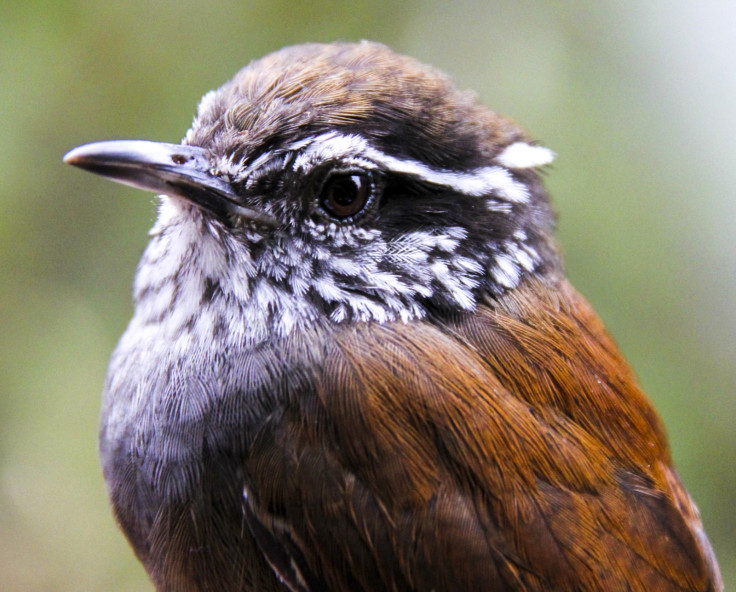
The best estimate for endangered bird species has been underestimating the problem, satellite data shows. A study that took into account features such as forest cover and land elevation found that 43% of endangered birds in biodiversity hotspots are confined to smaller ranges than previously estimated.
The authors used satellite data to assess the elevation of land and the forest cover in six of the most biodiverse and the most threatened areas for birds: the Atlantic Forest of Brazil, Central America, Western Andes of Colombia, Madagascar, Sumatra and Southeast Asia. The study is published in Science Advances.
They found that once forest cover and elevation were taken into account, birds had significantly less habitable land available to them within their ranges than previously thought.
One of the most widely used measures of species' risk of extinction – the Red List published by the International Union for the Conservation of Nature – has been underestimating the risk for almost half of forest birds in the areas studied, the authors say.
"What we find is that the ranges of the birds is way smaller than the IUCN depicts," bird conservation biologist and study author Natalia Ocampo-Peñuela of Duke University told IBTimes UK. "We also find that they're more fragmented, so not only found in smaller areas but also in not high-quality areas. These are just small patches and birds not able to survive as well in them."
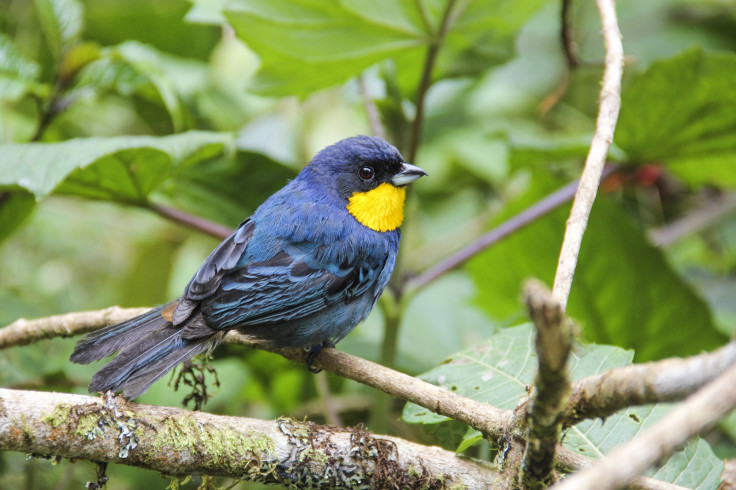
In fragmented areas the birds face additional challenges of more predators and light coming into the remaining habitable space, Ocampo-Peñuela says. These factors put birds at greater risk of extinction.
The study used satellite images taken every 16 days, to monitor the rate of habitat destruction almost as it happens. The Red List does not make use of such technologies at present. "We want this technology and all these data to be incorporated into the IUCN Red List," says Ocampo-Peñuela.
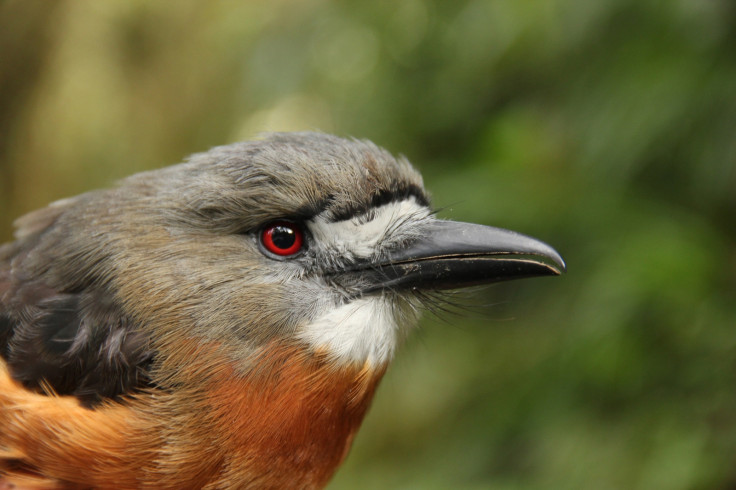
"The Red List does great work and all conservation biologists use it to assess priorities," she says. "We're not criticising the fundamentals, we just want them to include all the information that's available."
Using semi-automated methods to measure habitat loss would help conservationists and policymakers to take action more quickly, Ocampo-Peñuela says. Fast decisions are essential to prevent further habitat loss for species whose risk of extinction has been underestimated. "These [results] are especially important for places undergoing deforestation – the Atlantic Forest, for example. Habitats are being lost as we speak," she says.
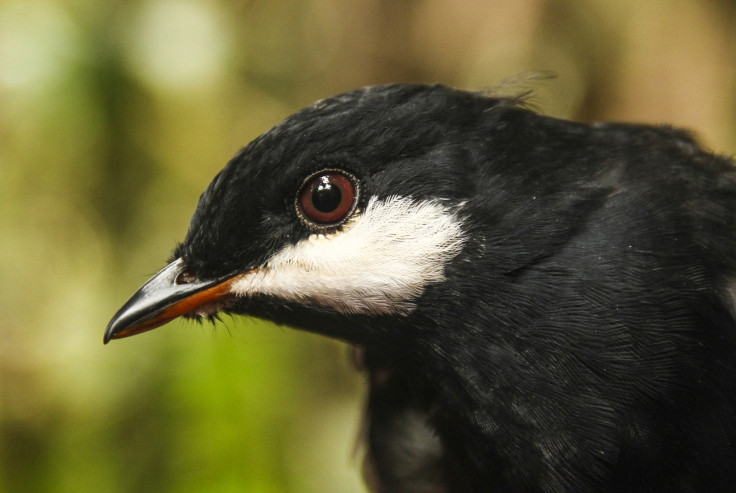
Georgina Mace, a biologist at University College London who has worked on developing and testing criteria for inclusion on the Red List, says: "This excellent analysis by Ocampo-Peñuela and colleagues shows how new, more sophisticated techniques for mapping the habitat of 586 tropical bird species results in more species qualifying at high levels of threat on the IUCN Red List. IUCN continuously reviews its system and methods, and I am sure they will be interested in this study."
However, Mace says that measuring habitat destruction at ever-finer scales is not necessarily going to lead to better estimates of extinction risk. "Species head towards extinction as a result of a variety of interacting processes that are not captured in even the finest resolution maps," she says, adding that Ocampo-Peñuela's study should be used for prioritising and planning conservation actions, rather than changing Red List criteria.
Thomas Brooks, head of science and knowledge at IUCN, was not available for comment.
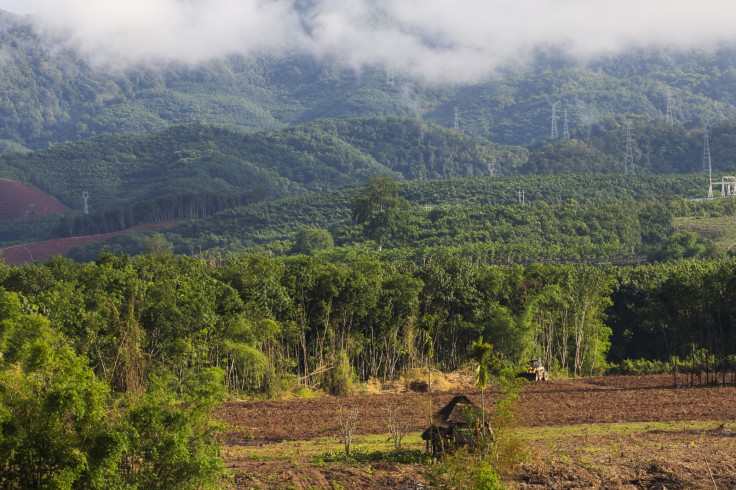
© Copyright IBTimes 2025. All rights reserved.






















